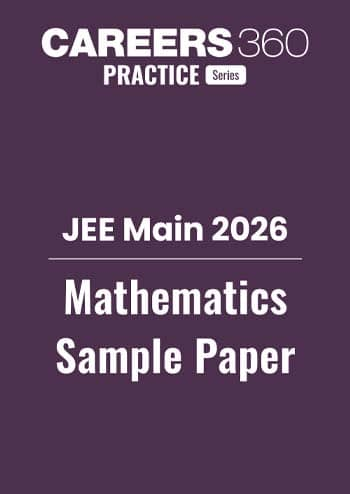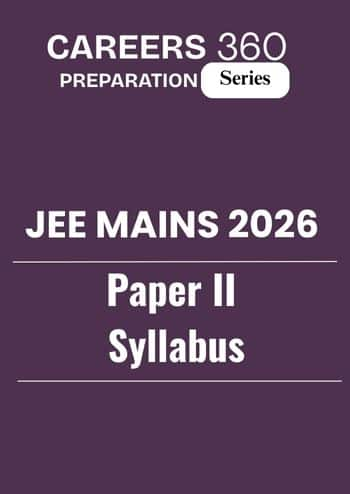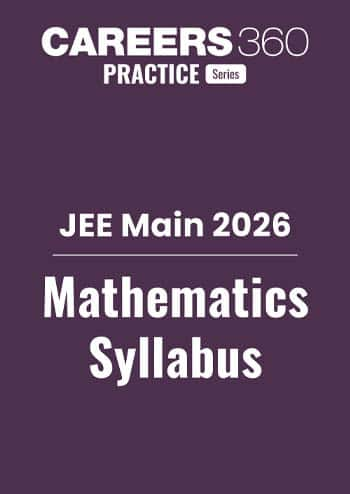Continuity And Differentiability - Practice Questions & MCQ
Quick Facts
-
47 Questions around this concept.
Solve by difficulty
Let $\mathrm{f}: \mathbf{R} \rightarrow \mathbf{R}$ be a function defined by :
$
f(x)=\left\{\begin{array}{ccc}
\max _{t \leq x}\left\{\mathrm{t}^3-3 \mathrm{t}\right\} & ; & x \leq 2 \\
x^2+2 x-6 & ; 2<x<3 \\
{[x-3]+9} & ; 3 \leq x \leq 5 \\
2 x+1 & ; & x>5
\end{array}\right.
$
where $[t]$ is the greatest integer less than or equal to $t$. Let $m$ be the number of points where $f$ is not differentiable and
$
\mathrm{I}=\int_{-2}^2 f(x) \mathrm{d} x \text {. Then the ordered pair }(\mathrm{m}, \mathrm{I}) \text { is equal to : }
$
$f(x)=\sin ^{-1} x+\cos ^{-1} x$ is differentiable in:
Concepts Covered - 1
Differentiability in an Interval
A) A function $f(x)$ is differentiable in an open interval $(a, b)$ if it is differentiable at every point on the open interval $(a, b)$.
B) A function $y=f(x)$ is said to be differentiable in the closed interval [a, b].
1. If $f(x)$ is differentiable at every point on the open interval $(a, b)$. And,
2. It is differentiable from the right at "a" and the left at "b". is said to be differentiable in [a, b].
Study it with Videos
"Stay in the loop. Receive exam news, study resources, and expert advice!"













